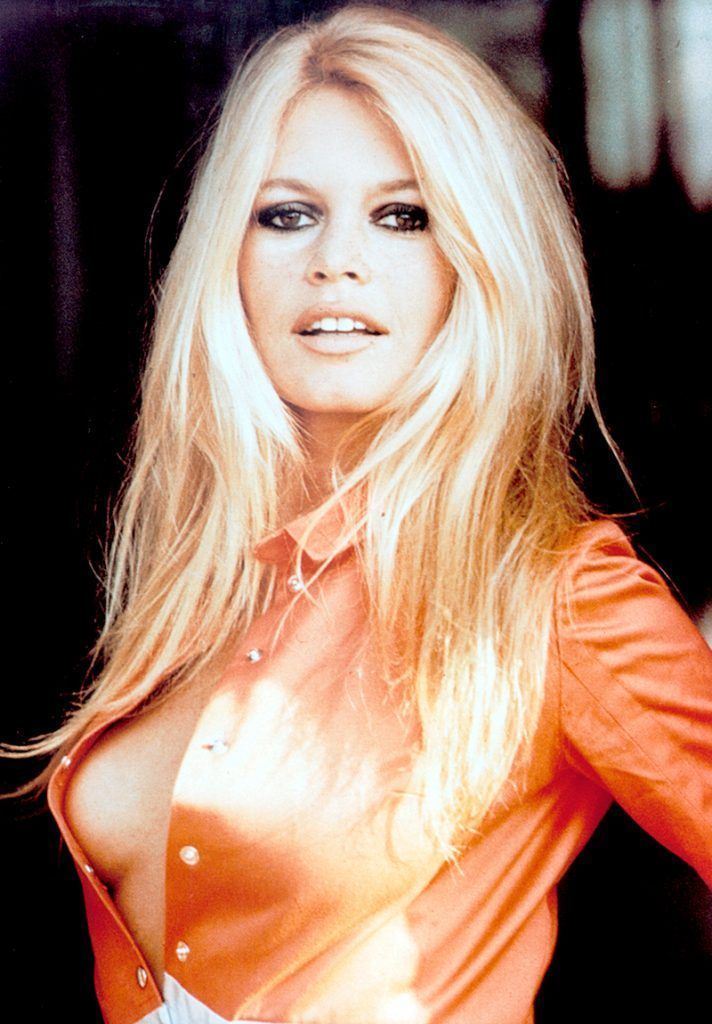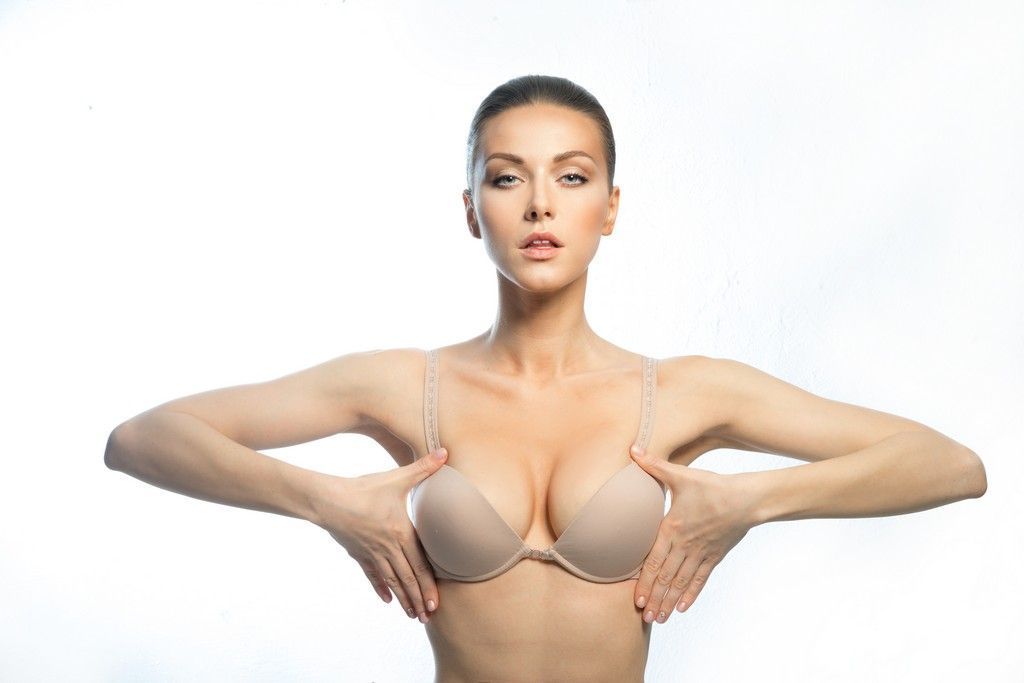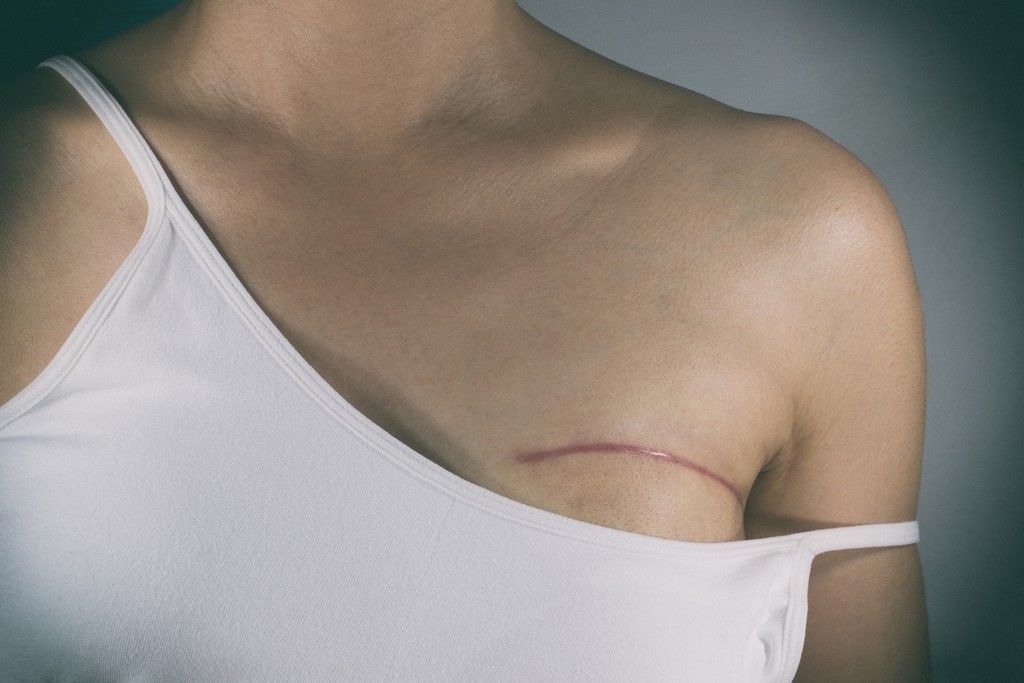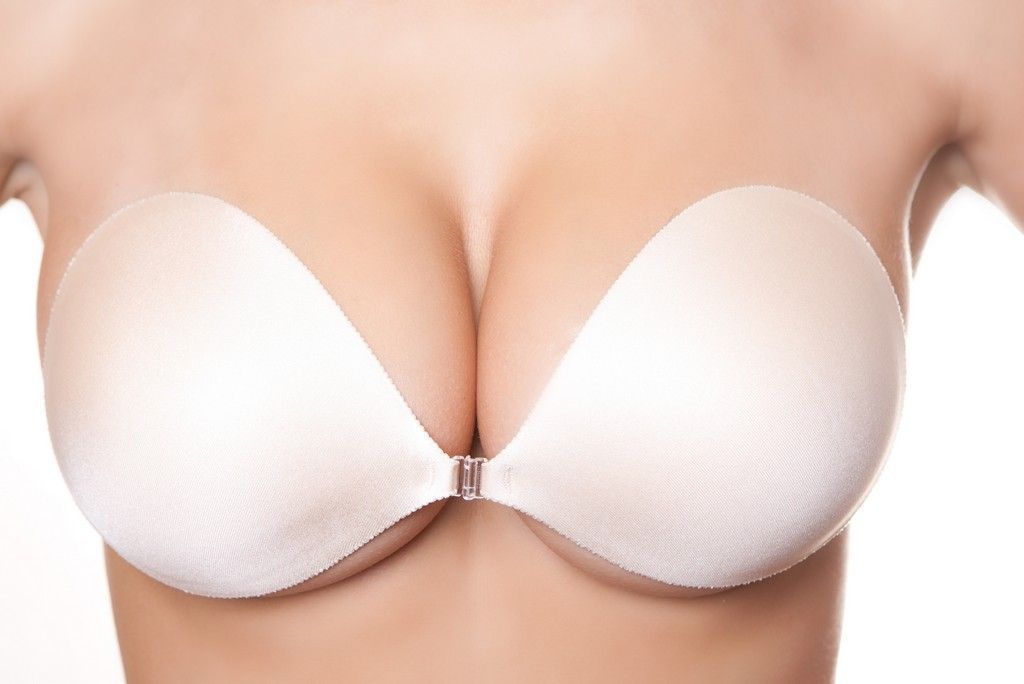Improving self-esteem, being able to dress fashionably, correct health issues, good professionals, but also the rise of the ‘low cost’ scalpel explain the phenomenon.

Until a little less than a decade ago, liposuction was the queen of operating theatres when it came to cosmetic surgery. In 2013 (the last year for which national statistics are available), breast augmentation surgery was one of the leading surpasses in the specialty: 24.8% of operations (16,111) were breast augmentation compared to 18.1% liposuction (11,803). If we add the interventions of reduction, elevation or correction of the breast, we find that female breast surgery accounts for 38.9% of all operations. This is revealed in the report La realidad de la cirugía estética en España 2014, carried out by the Sociedad Española de Cirugía Plástica, Reparadora y Estética (SECPRE), the association that brings together the majority of professionals in this specialty.
The television banalization of this surgery, with celebrities pocketing astronomical figures for going to a set to tell the details of their new implants, leads to erroneously think that this is a boom, an absurd fashion. That all those who retouch their breasts do so out of absurd vanity. The professionals of the scalpel nuance. “Sometimes a woman who undergoes breast surgery is presented as a whimsical woman. Or that she does it because it’s fashionable, that you’re nobody if you don’t have surgery. They exist, but they are a minority. We’re talking about going into surgery, taking a risk, no matter how small, and dealing with the fear of the scalpel and the post-operative discomfort. We cannot frivolize with this just because it is about the woman. Having a scarce breast generates self-confidence problems for some women. In the opposite pole, there are those who have a reduction because so much volume causes them back pain. Not because of the weight, but because to disguise it they tend to walk hunched over and that ends up causing cervical problems. Or those who seek to correct congenital malformations such as tuberous breasts, Poland syndrome or an important asymmetry. It’s not always to put more volume into the operation,” explains Dr. Antonio de la Fuente, director of the Department of Plastic Surgery at Hospital Nuestra Señora del Rosario.
“Whether to increase, reduce or modify its shape, a woman who has a breast operation does so because she feels uncomfortable with an anatomy that she sees as defective, unfinished or imperfect. She wants to feel more secure, happier with her body. I remember a very flat patient who had devised a bra system with three cups, one on top of the other, to achieve the appearance of a natural breast with some volume. Others confess that they don’t want to go to the beach or wear bikinis because their breasts are complex, either because they are scarce or because they are very voluptuous. Or who refuse to change in the gym because they have asymmetrical breasts, of different sizes or with areolas too large. And don’t forget that we live in a Mediterranean environment where the physical is very important. Moreover, with all those months of good weather in which you wear lighter clothes. Is it banal? Not at all. It’s not very different from those who operate to correct a strabismus, a nose with an easel or a dental crowding. Or the male with alopecia who undergoes a hair transplant. There are bald people who live happily without their hair. Others are tormented. If there’s a chance to change it, why not?
Each society imposes aesthetic canons. But if there is one thing that has been repeated since the world is world, it is the enhancement of the feminine forms associated with motherhood. “The breast has always been the most important part of femininity because of this maternal component of the nourishment of children. It also has an undeniable component called erotic or sexual,” says Dr. Julio Millán, director of the Institute of Aesthetic and Plastic Surgery that bears his name at the Ruber Clinic in Madrid. “Fashion also has a lot to do with this boom. A tighter style of dress has been standardized, with more neckline or with marked shapes for all ages. The woman who does not respond to these measures finds that the clothes ‘do not fit well’. Many don’t care. Others feel insecure or frustrated by not being able to wear certain types of dresses or necklines. They are looking for that little bit more that will make a perfect neckline, that the shirt won’t move or that the bikini won’t show a childish body.

Is there social pressure to achieve this imposed aesthetic perfection? “We cannot deny that we live in a society where aesthetics play a very important role. I always say that before the medical visitors were gentlemen with moustaches and now they are stupendous ladies. Beauty sells. But it also happens in other professions, both men and women. From television presenters such as Pablo Motos or Roberto Leal who do not hesitate to show their well-chiseled abdominals, to footballers who cut their hair just before a game to appear perfect in the photos or politicians who wear botox to remove wrinkles, the image also capitalizes on men’s daily lives. “Talent counts a lot, but so does image. We all like to like it. When they are young, women have breast surgery because they want to compete, to stand out, to be more beautiful according to the aesthetic canons of the moment. When they are older, because a sagging breast evokes old age and it is licit to want to change it, as much as to dye their gray hairs or to wear anti-wrinkles. But it does not mean that they are pressured by anyone, not by the boyfriend, not by the husband, not by the friend. They do it because they feel more comfortable with that silhouette. In fact, men also retouch their breasts: 1.6% of all cosmetic surgery operations are performed on gynecomastia (the operation on men to remove too prominent ‘nipples’, something that affects almost 60% of men over 50 and from which neither Sean Connery nor Harrison Ford are saved).
The male is required to have hard pectorals, worthy of Thor, and without nipples. The ideal of feminine beauty has other measures. “We are looking for size 95, B cup. In general, the woman who operates does not put on an exaggerated bust. The plastic surgeon Rubén Fernández García-Guilarte points out: “At the most, two sizes are increased until that size is reached“. Paradoxically, a movement to vindicate feminine freedom has led to an increase in breast surgeries. “The #freethenipple emerged as a cry against American double standards. But not all nipples are perfect, upright and lined up. And this has led to an increase in nipple replacement mastopexy, if off-center. There are also specific interventions for congenital problems, such as inverted or retracted nipples. It is a problem suffered by about 1% of women.
The Spanish Society of Plastic, Reconstructive and Aesthetic Surgery (SECPRE) is proud that the level of professionals in Spain is at the level of the United States or Brazil, leaders in this type of surgery. A factor that also affects the approach to the operating room. Dr. Ainhoa Placer, her vocalist for Communication and Social Networks, recognizes that “it influences a woman’s final decision to see someone, especially from her closest circle, who has had a good experience in the process and who has obtained a beautiful result after breast surgery. What about prices? “Low-cost surgery also results in this bullish boom. But it is dangerous: while plastic surgeons in this country do have an excellent qualification, we find that in some cheap clinics general surgeons perform surgeries without the necessary specialization of five years as a resident doctor in a hospital,” warns Dr. Millán. SECPRE assumes that there are currently only 1,200 specialists in Plastic, Aesthetic and Reconstructive Surgery in Spain with accredited training. And they take out their breasts: their members are among the best numbers in the MIR exam and the places for Internal Medicine Resident corresponding to this speciality are among the first to be exhausted. However, they warn: there are another 9,000 non-specialized surgeons performing augmentation operations because it is a relatively simple and very lucrative technique. When the results are not as expected, the patient ends up undergoing a new operation to repair the drain. “In our clinic, 23% of breast surgeries are secondary, that is, to repair the malpractice of previous interventions”, confesses Dr. Millán.
- Source: El País
- date: 21-11-2018














